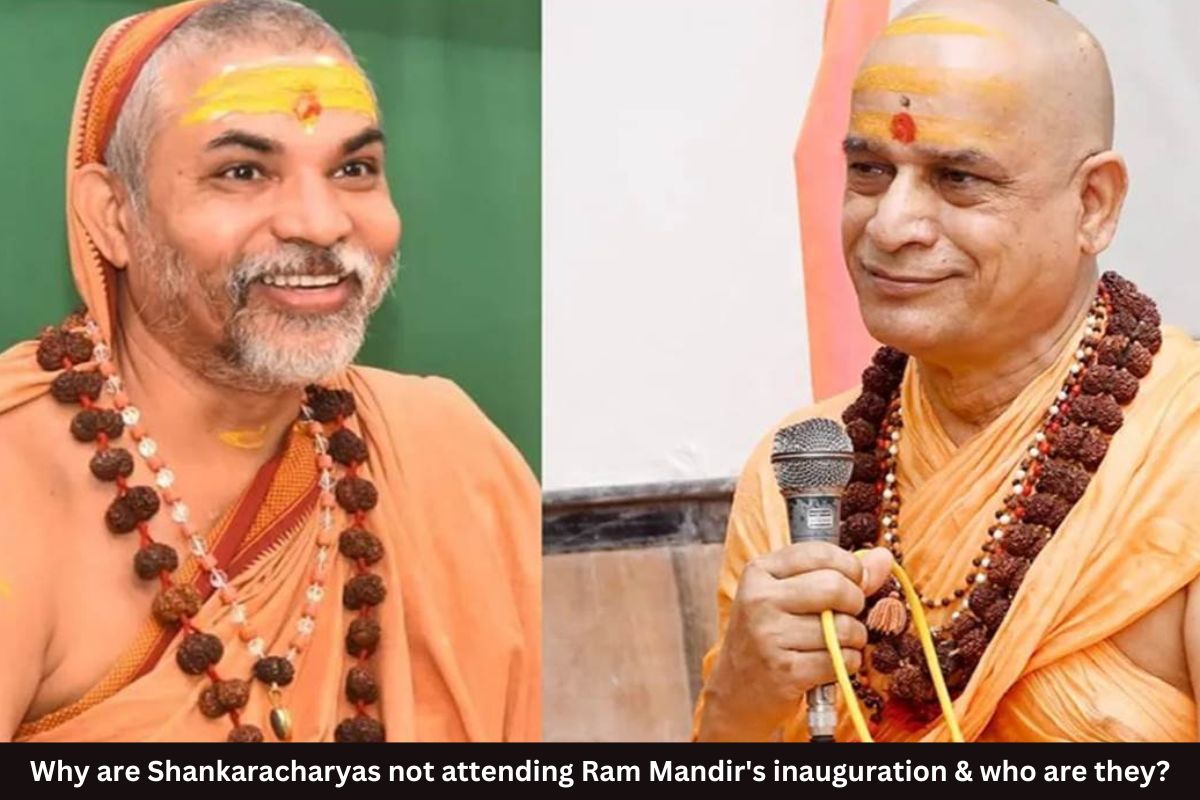Chhath Goes Global: Celebrated Across 25+ Locations in Sydney
The Bihari diaspora residing in Sydney, Australia, showcased a spectacular display of cultural commitment by celebrating the sacred Chhath Mahaparv…

The most awaited Pran Pratistha of Ram Temple is just three days away, and India eagerly awaits the consecration of Ram Lalla’s idol. The vibes in Ayodhya are vibrant and tempting, tempting people to come and enjoy the historical event. However, all four chiefs of Sanatan Dharma declined to join the proceedings. Seers from Dwarka and Sringeri have yet to give any particular reasons. Still, the Shankaracharya from Puri, Nischalananda Saraswati, expressed discontent, stating that as PM Modi inaugurates the temple, he does not know what he, as a seer, should do at the consecration.
The nation was informed on January 4 by Puri Shankaracharya Nischalanda Saraswati that the four Shankaracharyas would not be present for the January 22 consecration of the Ram temple in Ayodhya. “I am aware of the dignity of my position,” he said. “When Prime Minister Narendra Modi touches the idol to inaugurate the temple, what should I do?” Get up and give a round of applause?
At the Ganga Sagar Mela in West Bengal on Saturday, January 13, the Shankaracharya of Puri reiterated his decision to turn down the invitation to attend the temple’s inauguration and explained how the scriptures were violated by dedicating a partially built temple.
The four prominent Hindu mutts (monasteries) in Odisha, Uttarakhand, Karnataka, and Gujarat are led by the most revered Shankaracharya. These monastic orders are part of the Advaita Vedanta Sampradaya tradition of Hinduism, which was established in the eighth century by Adi Shankara. These religious leaders interpret the Hindu sacred texts, especially the Vedas. Currently, Shankaracharya Swami Shri Nischalananda Saraswati of Puri, Shankaracharya Avimukteshwaranand of Jyotir Math, Shankaracharya Bharati Teerth of Sringeri, and Shankaracharya Sadanand Saraswati of Dwarka, are holding the position of Shankaracharya.
Champat Rai explained Pran Pratistha’s procedure
Adi Shankara, born in Kalady, Kerala, is an 8th-century scholar-monk. Legend says a crocodile caught young Shankara. It promised to release him only if his mother allowed him to embrace life as a Hermit. After she reluctantly agreed, Shankara swam ashore, left home, and became a sanyasi. He travelled extensively, challenging philosophical traditions, establishing mathas, and preaching Advaita Vedanta.
Advaita Vedanta, translated as “non-dualism” or “non-secondness,” is a school of Hindu philosophy and a spiritual discipline with a rich history and profound core principles.
Advertisement